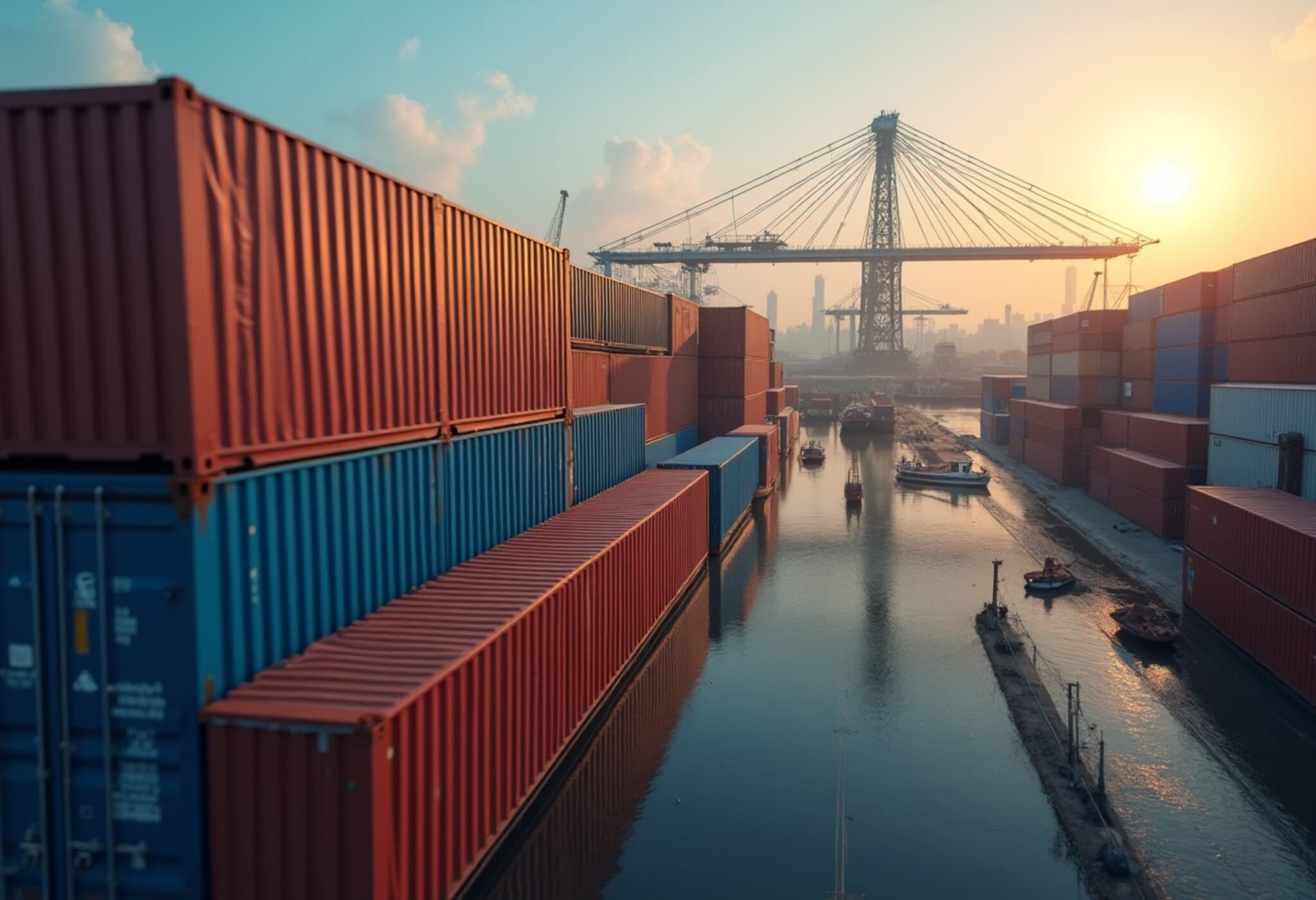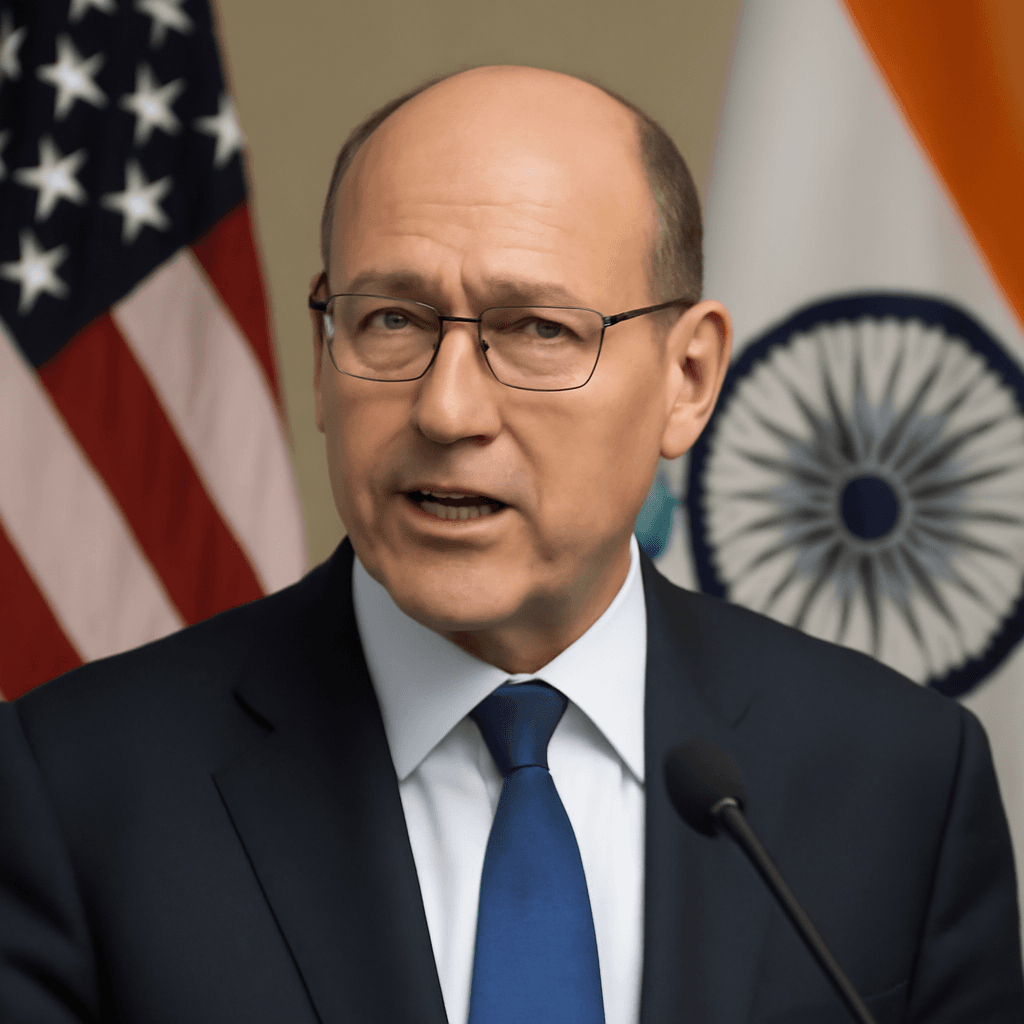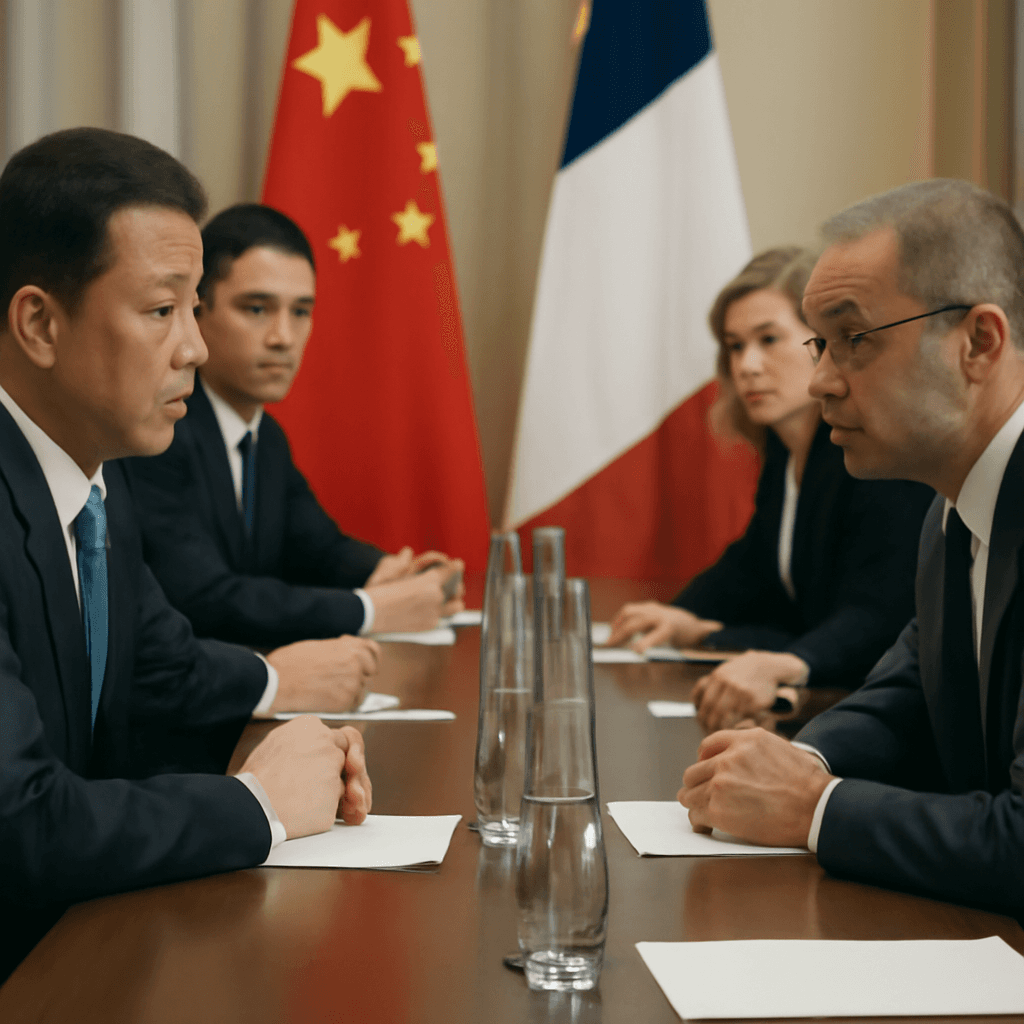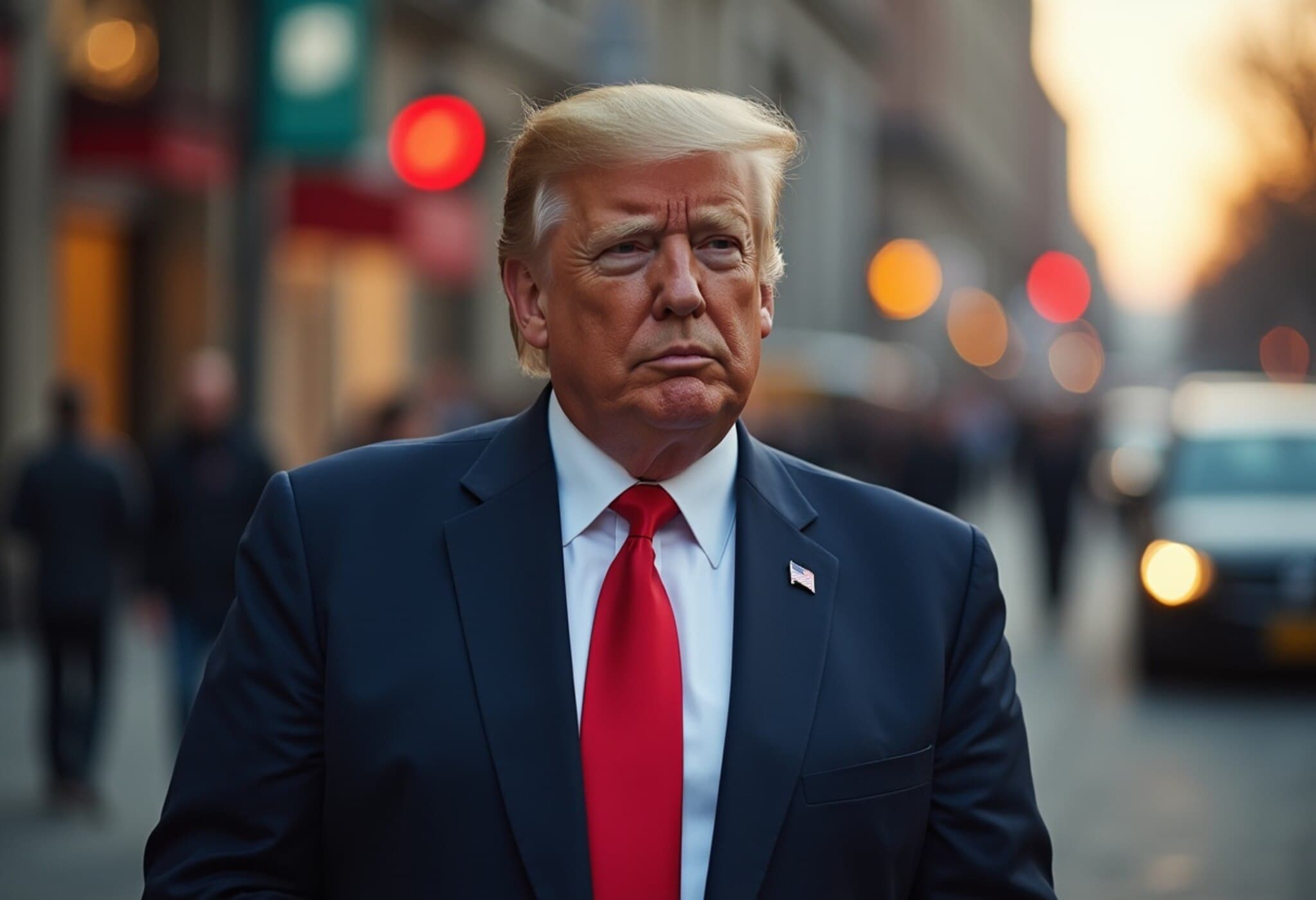Changing Dynamics in US Imports: India Gains Ground as China Loses Market Share
In the evolving landscape of global trade, the United States is witnessing a notable realignment of its import sources. Emerging data from the US Census Bureau reveals a clear trend in 2025: India is increasing its footprint in American import markets, while China's dominance is significantly waning. This shift is more than mere numbers—it reflects the complex interplay of geopolitics, trade policies, and strategic supply chain considerations shaping the current economic era.
Geopolitical Tensions and Trade Policies at Play
The trade reconfiguration stems largely from lingering geopolitical friction—especially the policies initially introduced under former President Donald Trump—which aimed to rebalance economic ties and reduce dependency on China. These measures, through tariffs and stricter regulations, have opened doors for alternative suppliers like India, Taiwan, Switzerland, and parts of the European Union.
Between January and May 2025, India’s share of US imports climbed to 3.1%, up from 2.9% over the same period last year. In stark contrast, China’s share dropped by 2.7 percentage points, signaling a tangible shift in America’s sourcing preferences.
Advanced Technology & Electronics: India’s Rising Role
Nowhere is this transformation more vivid than in the advanced technology product sector. China's share plunged dramatically from 14.5% in early 2024 to a mere 5.8% five months into 2025. Meanwhile, Taiwan surged from 9.2% to an impressive 15.8%, and Mexico also increased its share to 14.7%, evidencing North America’s closer integration. India increased its stake here too—from 2.3% to 3.5%—driven largely by burgeoning exports in mobile devices and solar cells.
Similarly, in the broader electronics category, China's share halved to 11% over the year-long period ending May 2025, while India nearly doubled its presence from 3.5% to 7.2%. Southeast Asian countries such as Vietnam, alongside Mexico, are also capitalizing on this restructure, benefiting from companies seeking to diversify and de-risk their supply chains beyond China.
Textiles & Apparel: A New Competitive Frontier
The textile and apparel sector showcases a striking narrative of shifting powers. China's dominance significantly contracted from 27% to just 14% between June 2024 and May 2025. In contrast, India's share grew from 9% to 12%, and Vietnam increased from 14% to 18%, confirming South and Southeast Asia’s ascendancy in price-sensitive, volume-driven markets.
Mithileshwar Thakur, Secretary General of the Apparel Export Promotion Council, emphasizes this market's extreme price sensitivity, noting, “Even slight price increases trigger sourcing switches among American buyers. This underscores the pivotal role of tariff negotiations—a successful India-US trade deal reducing tariffs could boost India’s competitiveness and deepen its market penetration. Our 13% export growth in 2024-25 is proof of this sector’s potential.”
Sector-Specific Variations: Challenges on the Horizon
It’s important to highlight that India’s export gains are uneven across sectors. For instance, while farm goods saw a modest uptick, India's shares in gems, jewelry, and chemicals slipped. Additional tariffs—like the 25% levied on automobiles and components—have been a roadblock, dampening demand for products such as tractors, motorcycles, and mopeds.
Colin Shah, Managing Director of Kama Jewelry, expresses cautious optimism: “US retailers have been able to manage inventory so far, but future orders will hinge on tariff advantages. We’re hopeful that ongoing talks with Washington will yield a favorable trade package to sustain demand.”
Looking Ahead: Strategic Implications and Industry Perspectives
This evolving import basket signals a broader strategic recalibration. For the US, diversifying trade partners serves both economic and security interests, reducing overreliance on a single dominant supplier. For Indian exporters, it’s a window of opportunity—from increased market access to the need for sharper competitiveness through innovation, cost efficiency, and diplomatic engagement.
Experts caution, however, that these shifts are fragile, reliant on the continuation of trade negotiations and geopolitical stability. The coming months will be critical as trade talks progress and industries adapt to this new global order.
Editor’s Note
The 2025 trends in US import sourcing underscore how intertwined politics and economics have become. While India’s growing share signifies promise and diversification, the uneven nature of gains across sectors calls for targeted policy support and trade facilitation. As US-China tensions persist and supply chains realign, both governments and businesses must navigate these complexities with foresight. How will future trade agreements shape the trajectory for emerging exporters like India? And will the US succeed in balancing strategic interests with economic pragmatism? These are vital questions that will influence the international trade landscape in the years ahead.















